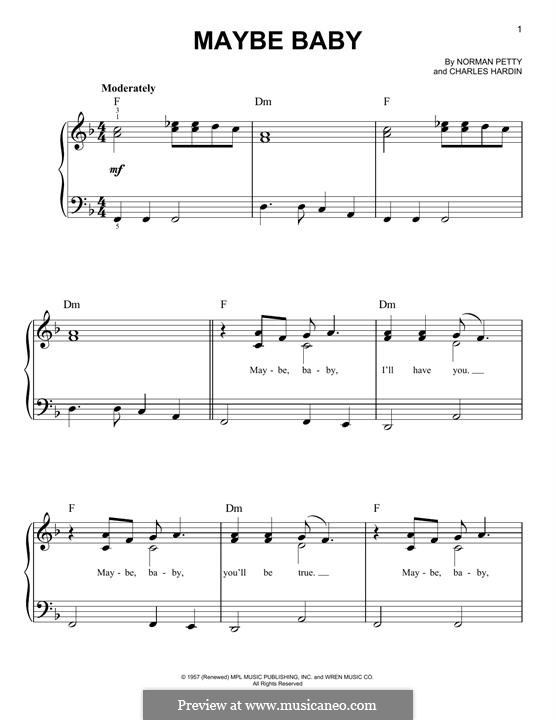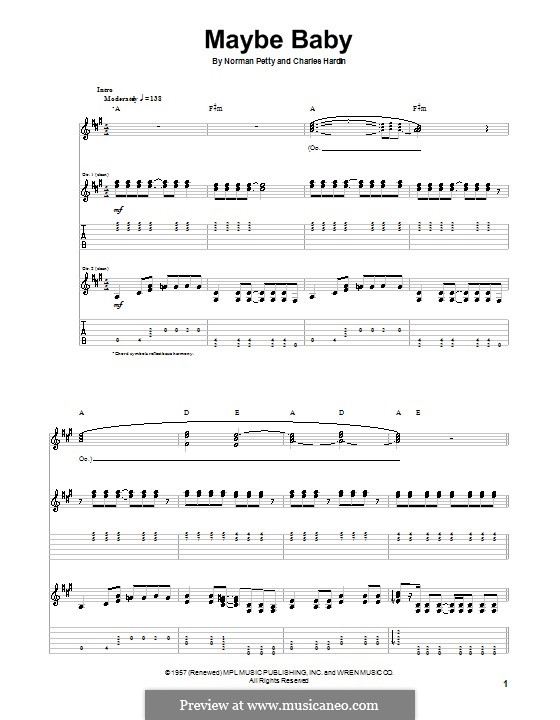
June Clark – backing vocals on "That'll Be the Day".Larry Welborn – bass on "That'll Be the Day".Donald Arnone – rhythm guitar on "Rave On!".Vi Petty - celeste on "Everyday", piano on "Think It Over".The Helen Way Singers – backing vocals on "Early in the Morning".Philip Krous – drums on "Early in the Morning".Panama Francis – drums on "Early in the Morning".

Sam "The Man" Taylor – tenor saxophone on "Early in the Morning".Ernest Hayes – piano on "Early in the Morning".Sanford Bloch – bass on "Early in the Morning".George Barnes – guitar on "Early in the Morning".Al Chernet – guitar on "Early in the Morning".The following people contributed to The Buddy Holly Story: The album was also used as the title of the soundtrack album to the 1978 film of the same title. In April 1960, Coral Records released a sequel to The Buddy Holly Story titled The Buddy Holly Story, Vol. The EP peaked at #9 on Billboard magazine's Best Selling Pop EPs chart. When Coral Records released The Buddy Holly Story as a 12" 33⅓ rpm LP record, they also released the four songs "It Doesn't Matter Anymore", "Heartbeat", "Raining In My Heart", and "Early in the Morning" – which were included on the LP version – as a 7" 45 rpm EP record which was also titled as The Buddy Holly Story (catalog number EC-81182). All of the songs were released as singles and the songs " Peggy Sue", "That'll Be the Day", " Early in the Morning", "Maybe Baby", "Oh, Boy!", " Rave On!", "Think It Over", and " It Doesn't Matter Anymore" all peaked in the Top 40 on the Billboard Hot 100 and the songs " Heartbeat" and " Raining In My Heart" both peaked in the lower half of the Hot 100. Of the twelve songs released on the original album, the songs " Maybe Baby", " That'll Be the Day", " Think It Over", and " Oh, Boy!" were credited to the Crickets, while the rest were credited to Buddy Holly.

The album became a top twenty hit in the United States and England. The album featured previously released singles by Buddy Holly on both the Brunswick label (with the Crickets) and the Coral label (as a solo artist). The album was released on Februby Coral Records less than a month after Holly's death. The Buddy Holly Story is the first posthumously released compilation album by Buddy Holly and the Crickets. September 27–28, 1957, Tinker Air Force Base, Oklahoma City Febru– May 27, 1958, Norman Petty Studios, Clovis, New Mexico


 0 kommentar(er)
0 kommentar(er)
